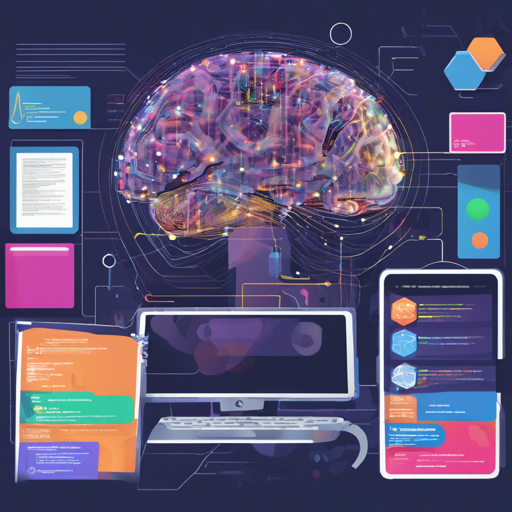Bling-PHI-3-GGUF is part of the innovative BLING (Best Little Instruct No-GPU) model series. Tailored for fact-based question-answering, this powerful model is built on top of the Microsoft Phi-3 base model and is designed to provide high accuracy without hallucinations. In this guide, we’ll explore how to set up and use this advanced model effectively.
What the BLING-PHI-3-GGUF Model Does
At its core, Bling-PHI-3-GGUF excels in answering questions based on given contexts, which means it doesn’t deviate or generate unfounded responses (i.e., no hallucinations). This makes it incredibly reliable for applications that require fact-checking and precise information extraction.
Benchmark Performance
This model has been rigorously tested against the RAG-Instruct-Benchmark-Tester, achieving impressive accuracy scores:
- Accuracy Score: 100.0% correct answers
- Not Found Classification: 95.0%
- Boolean Questions: 97.5%
- Math Logic Questions: 80.0%
- Complex Question Performance: 4/5 (Above Average)
- Summarization Quality: 4/5 (Above Average)
- Hallucinations: None observed
How to Use the BRING Model
The intended use cases for the BLING model are two-fold:
- It provides high-quality question-answering models for enterprise-level workflows without hallucinations.
- It serves as a drop-in replacement for various RAG-specific use cases by being built on industry-leading base models.
Direct Use Cases
Bling-PHI-3-GGUF shines in knowledge-intensive sectors like finance and law. It is optimized for:
- Question-answering
- Key-value extraction
- Basic summarization
For optimal results, simply provide a text passage context, then pose your queries to receive accurate responses.
Understanding Limitations
While this model is a robust tool, it is important to remember:
- It depends on grounded sources; open-context prompting may yield simple “Not Found” responses.
- Inaccuracy and incomplete responses are possible, hence, appropriate fact-checking is essential.
Getting Started with BLING-PHI-3-GGUF
To pull the model via API, you can use the following code snippet:
from huggingface_hub import snapshot_download
snapshot_download('llmware/bling-phi-3-gguf', local_dir='pathonyourmachine', local_dir_use_symlinks=False)
from llmware.models import ModelCatalog
model = ModelCatalog().load_model('llmware/bling-phi-3-gguf', temperature=0.0, sample=False)
response = model.inference(query, add_context=text_sample)Make sure to check the config.json file in the repository for more details on prompt wrappers and configurations.
Troubleshooting Tips
If you encounter any issues when using the model, consider the following troubleshooting ideas:
- Verify the API access permissions and endpoint configurations.
- Ensure the context provided is relevant and detailed enough; vague prompts may lead to unsatisfactory results.
- Check whether the underlying dependencies and models are correctly installed.
For more insights, updates, or to collaborate on AI development projects, stay connected with fxis.ai.
Conclusion
At fxis.ai, we believe that such advancements are crucial for the future of AI, as they enable more comprehensive and effective solutions. Our team is continually exploring new methodologies to push the envelope in artificial intelligence, ensuring that our clients benefit from the latest technological innovations.

